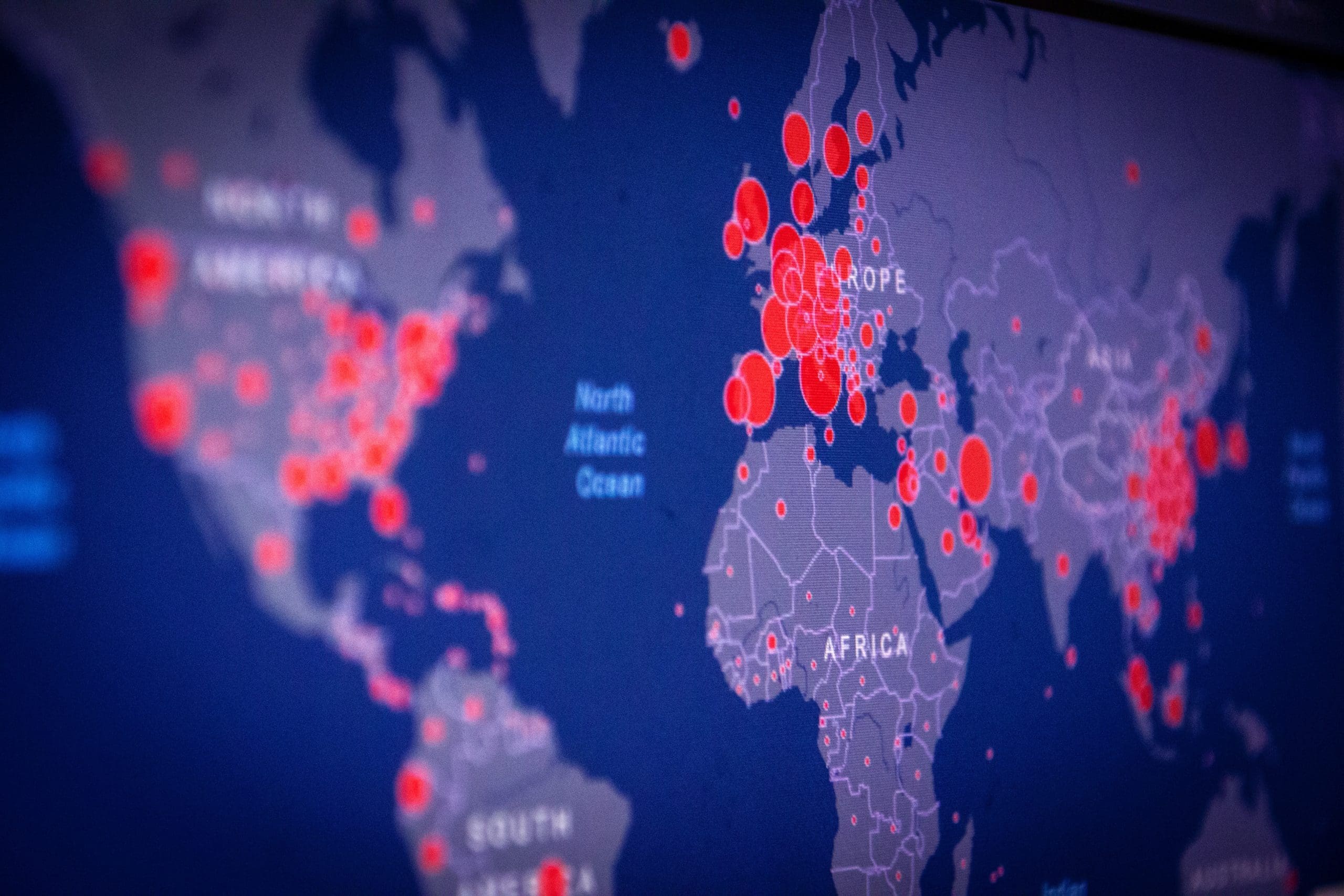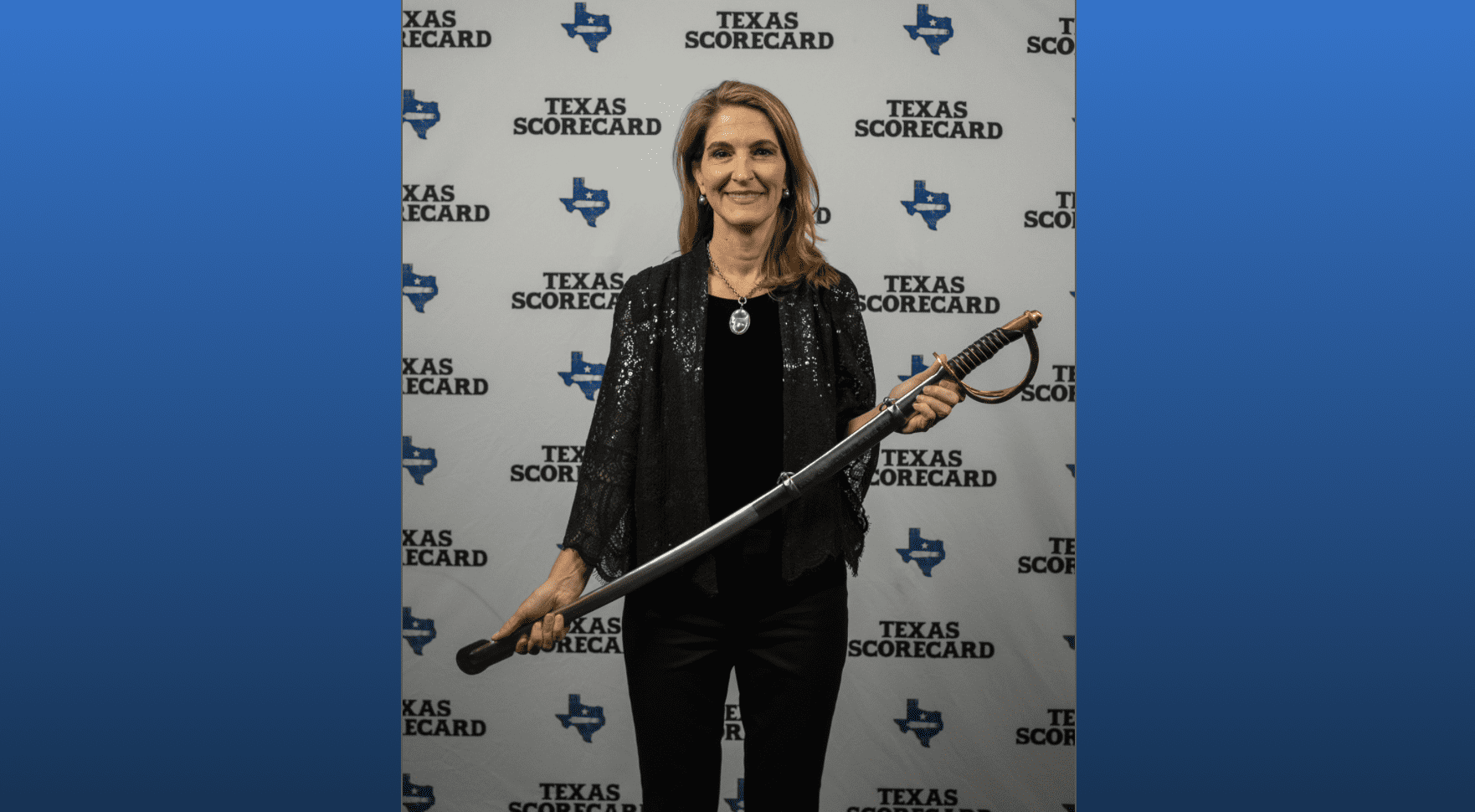Update 4/3/20: The Daily Wire reports National Institute of Allergy and Infectious Diseases Director Dr. Anthony Fauci said in a meeting this week: “I’ve looked at all the models. I’ve spent a lot of time on the models. They don’t tell you anything. You can’t really rely upon models.”
Update 3/26/20: Neil Ferguson, father of the model discussed in this article, has now walked back his original prediction of 500,000 deaths in the UK—just one day after the nation went on lockdown. Before a full analysis of the effects of the policy can be evaluated, he now predicts 20,000 deaths or less and that U.K. hospitals will be alright.
Local governments across Texas recently enacted their next step in attempting to stop the spread of the Chinese coronavirus: limiting business activity and requiring people to stay at home except for essential needs. At least one county judge based his decision on a flawed study, bringing into question if “shelter in place”—and the methods by which it’s being enacted—is the appropriate response.
Dallas County Judge Clay Jenkins’ “shelter-in-place” order was made without discussion or consent from the rest of the Dallas County Commissioners Court. An emergency meeting was held Monday, and the first question—from none other than Democrat Commissioner John Wiley Price—was: why?
Jenkins touted data from a model called Covid Act Now, a model that’s spread around the world, even making the rounds in Harris County. According to Covid Act Now, Texas will likely experience a fatality number of 430,000 if we don’t “shelter in place.”
But this model comes with some asterisks—called “known limitations.” Let’s take a look at them.
Known Limitations
- Only a small fraction of the world has been infected. It’s a new disease. Variables will change.
- R0s for interventions are guesses, in some cases informed by data. There is no historical precedent for what is going on right now to draw from.
- The default R0 used in this model is an average. The model does not adjust for the population density, culturally-determined interaction frequency, closeness, humidity, temperature, and more in calculating R0.
- This is not a node-based analysis, and thus assumes everyone spreads the disease at the same rate. In practice, there are some folks who are “super-spreaders,” and others who are almost isolated. Interventions should be targeted primarily at those most likely to spread the disease.
- Only hospital beds at aggregate are considered. ICU beds and ventilators, which are likely to run low before beds, are not considered.
- Demographics, populations, and hospital bed counts are outdated. Demographics for the USA as a whole are used, rather than specific to each state.
- In containment cases, we do not deal with the longer-term impacts of maintaining containment, primarily the concern with avoiding reintroduction of the disease due to incoming travelers. 14-day mandatory border quarantines, such as those currently in place in China, would likely need to continue until a vaccine or therapeutic is developed.
The site says the above list is “non-exhaustive,” meaning there are even more asterisks surrounding this thing.
This study—based on findings from the Imperial College of London—is what Jenkins based his decision on.
Bexar, Tarrant, Harris, Travis, and Williamson counties and several cities across the state have or are in the process of also enacting “shelter in place” or similar orders. Only Collin County—which issued a “Stay Home, Work Safe” policy—is encouraging businesses to stay open if they can do so safely.
So far, Gov. Abbott has not enacted “shelter in place” statewide; he’s left it up to the local governments to decide.
Then came Dallas’ emergency commissioners court meeting on Monday.
All were present except for Jenkins, who phoned in.
Price led most of the meeting, being very clear that he was not happy about the “shelter-in-place” rule, and that none of the other court members had been informed or had an opportunity to collaborate on this decision. He said he did not agree with the order and expressed concern for businesses.
Commissioner Elba Garcia was concerned about the lack of information for constituents and clear definitions of how the community is being affected.
Commissioner Theresa Daniels was muted in her response—thanks to sound engineering—but basically gave a “we can all get through this” speech.
What would be the response of the lone Republican on the court, J.J. Koch? He stated the day before on his Facebook page that he was more concerned about the number of respirators Dallas County had in place. Notable.
Monday, I was ready for the discussion about the overreach of power by Jenkins, how this should be a decision by the entire court, how this decision has sealed the fate of our small business community, how this was not a necessary step, or even encouragement to amend the policy to look more like Collin County’s.
None of that happened. Instead, Koch wanted a clear definition of who in the legal community, specifically in titles, should be affected. He did question the validity of the data Jenkins used for his decision, but agreed with the policy of “shelter in place.”
That’s it.
The die is cast. Let’s hope that when this is over, we won’t be having funerals for small businesses in Dallas County—and everywhere else that “shelter in place” has been enacted.
The only defender of what little freedom of enterprise remained in this blue county was infamous Democrat John Wiley Price. Our world is truly upside down.





